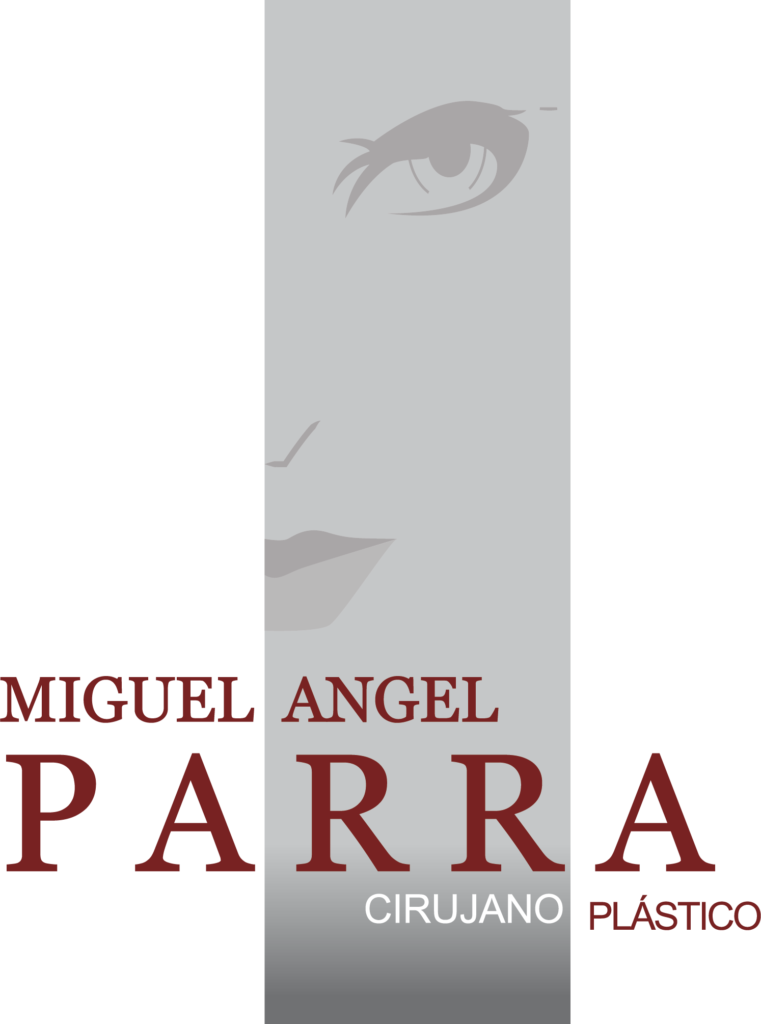Breast reconstruction is a surgical procedure that restores shape to your breast after mastectomy — surgery that removes your breast to treat or prevent breast cancer.
One type of breast reconstruction uses breast implants — silicone devices filled with silicone gel or salt water (saline) — to reshape your breasts. Breast reconstruction with breast implants is a complex procedure performed by a plastic surgeon.
The breast reconstruction process can start at the time of your mastectomy (immediate reconstruction), or it can be done later (delayed reconstruction). The breast reconstruction process usually requires two or more operations. You can also expect to several appointments over two to three months after your initial surgery in order to expand and stretch the skin on your chest in preparation for the implant.
Before a mastectomy, your doctor may recommend that you meet with a plastic surgeon. Consult a plastic surgeon who’s board certified and experienced in breast reconstruction following mastectomy. Ideally, your breast surgeon and the plastic surgeon should work together to develop the best surgical treatment and breast reconstruction strategy in your situation.Your plastic surgeon will describe your surgical options and discuss the advantages and disadvantages of implant-based reconstruction, and may show you photos of women who have had different types of breast reconstruction. Your body type, health status and cancer treatment factor into which type of reconstruction will provide the best result. The plastic surgeon provides information on the anesthesia, the location of the operation and what kind of follow-up procedures may be necessary.
Your plastic surgeon may discuss the pros and cons of surgery on your opposite breast, even if it’s healthy, so that it more closely matches the shape and size of your reconstructed breast. Surgery to remove your healthy breast (contralateral prophylactic mastectomy) can double the risk of surgical complications, such as bleeding and infection. Also, there may be less satisfaction with cosmetic outcomes after surgery.
Before your surgery, follow your doctor’s specific instructions on preparing for the procedure. This may include guidelines on eating and drinking, adjusting current medications, and quitting smoking.

